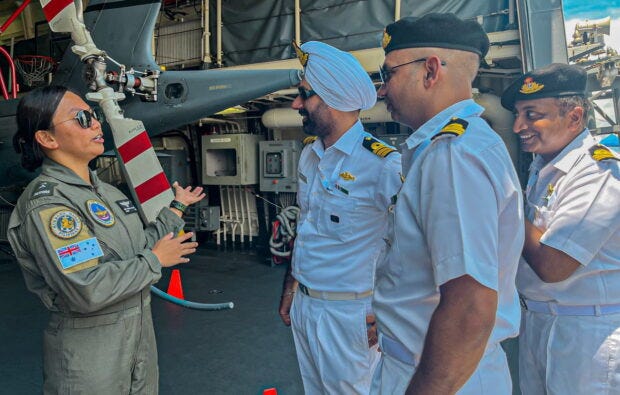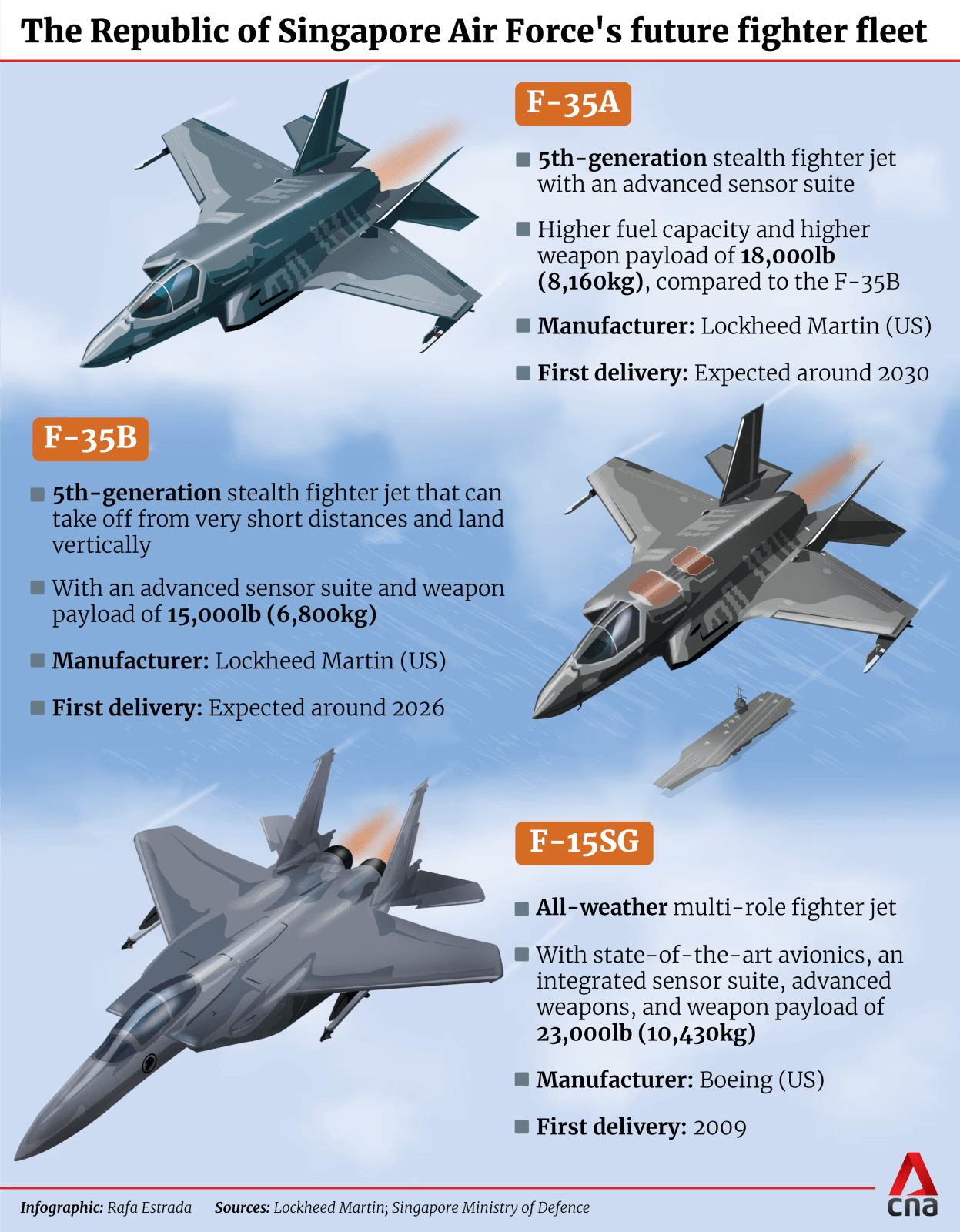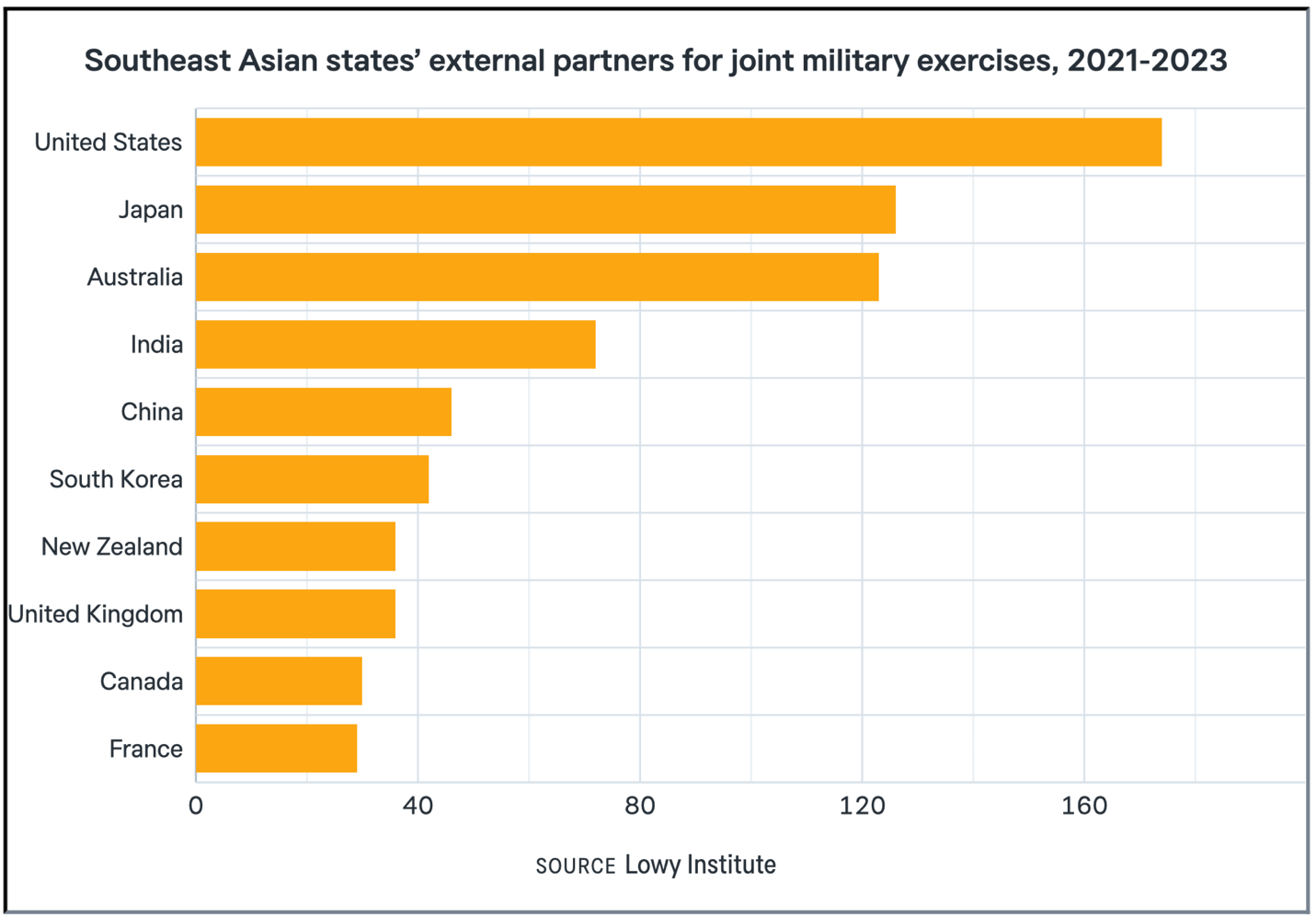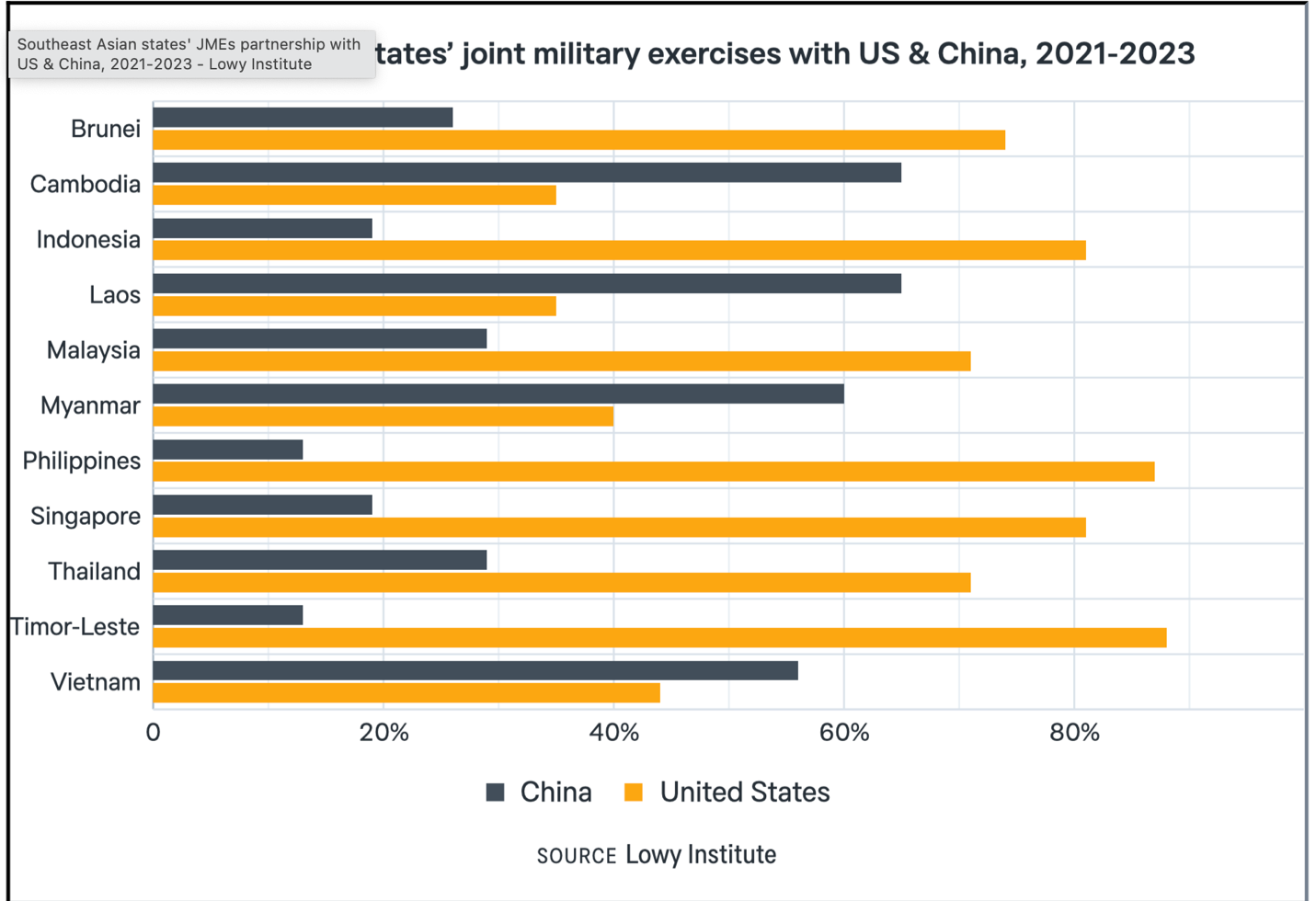Southeast Asia Security Cooperation
India's Strategic Move in the Philippines' Defense Modernization,Singapore's Next-Generation Defense with F-35A Acquisition, Southeast Asia's preferred military exercise partner
UPDATES: India is seeking a significant role in the Philippines' military modernization efforts, aiming to position itself as a major arms exporter in the region. The Indian Embassy organized a business delegation to Manila to showcase domestically made defense platforms and explore potential partnerships in the defense industry. With President Marcos approving a substantial military modernization plan, India sees opportunities to supply naval systems, fighter aircraft, helicopters, and other capabilities that align with the Philippines' needs.
The Republic of Singapore Air Force (RSAF) will buy eight F-35A jets, continuing its build-up of a “next-generation” force to serve the country’s security needs. The aircraft are expected to be delivered around 2030.
Data from 2021 to 2023 compiled by Lowy Institute reveals that the US participated in around 33% of the 525 recorded joint military exercises undertaken by Southeast Asian states, either at bilateral or multilateral level. If we include Australia and Japan, Washington and its allies have participated in more than 60% of exercises involving Southeast Asian states.
BOAT TOUR Members of the Indian Navy visit the BRP Antonio Luna at Changi Naval Base in Singapore on May 4. A task group of the Philippine Navy was there to take part in the first Asean-India Maritime Exercise, its “sea phase” conducted in the South China Sea on Sunday until today. —PHOTO FROM PHILIPPINE NAVY (© INQUIRER.NET)
India eyes key role in PH military modernization plan
India is aiming to become a key player in the Philippines’ military capability upgrade as it seeks to promote itself as a major arms exporter in the region.
The Indian Embassy in the Philippines flew in a business delegation to Manila last week to showcase its domestically made defense platforms and explore potential defense industry partnerships as part of the inaugural India-Philippines defense industry seminar.
Among the more than 20 Indian defense companies present were representatives from the Hindustan Aeronautics Ltd., DCM Shriram Industries Ltd., Bharat Dynamics Ltd., Mahindra Emirates Vehicle Armouring and MKU Ltd.
President Marcos recently approved a P2-trillion revised military modernization plan called Re-Horizon 3 that would be implemented over the next 10 years.
“We have naval systems, we have fighter aircraft. We have a broad range of capabilities on the Indian side—helicopters, attack helicopters, land systems, artillery systems—and some of those would match with the capabilities you are looking to acquire in the Horizon 3,” Indian Ambassador Shambhu Kumaran said on the sidelines of the defense industry seminar in Taguig City last Friday.
The Philippines is the first foreign customer of India-made BrahMos supersonic cruise missiles under an P18.9-billion deal signed in 2022. The first batch of the missiles is expected to be delivered “soon,” Kumaran said, but he declined to give a timeline.
Defense self-reliance
Manila has yet to tap the $100-million credit line earlier offered by New Delhi to support its defense needs.
“Our offer is very much on the table. We have announced our intent to offer a soft loan for defense procurements and this could also cover activities that would eventually extend some sort of joint industrial activity,” Kumaran said.
“My understanding is that the Philippine side is currently in the process of trying to put in place a framework in which they want to develop this entire self-defense posture program so we’ll just wait to see when it comes through from the Philippines,” he added.
Selling proposition
Kumaran said India could also assist in the Philippines’ efforts to build a self-reliant defense posture. The Department of National Defense has been pushing for a posture that prefers local suppliers to promote limited dependence on foreign support for its defense requirements.
“We recognize that countries such as the Philippines, which have broad national security interests, will need to have some domestic industrial capacity and we’d like to offer partnerships from India in building that capacity. So I think looking to the future, not immediately, this is a very important initiative,” Kumaran said.
“India has a proven track record of trying to create indigenous capability, to develop indigenous technology and to broad base that into broader industrial capacities. So we are willing to offer our experience and our companies are willing to partner with relevant Philippine entities to do this in a meaningful manner,” he noted.
Kumaran cited India’s affordability as its advantage among other foreign arms exporters.
“India’s unique selling proposition is that we are able to bring cutting edge technology at competitive prices…. If you’re looking at a realistic option, then I would suggest that India is a very good option,” he pointed out.
“We are both peaceful nations. We do not crave other people’s territory, other people’s waters, but we will not see efforts that try to limit our access to our territory and our resources either. So we have to go beyond the talk,” he added. INQ
Read here
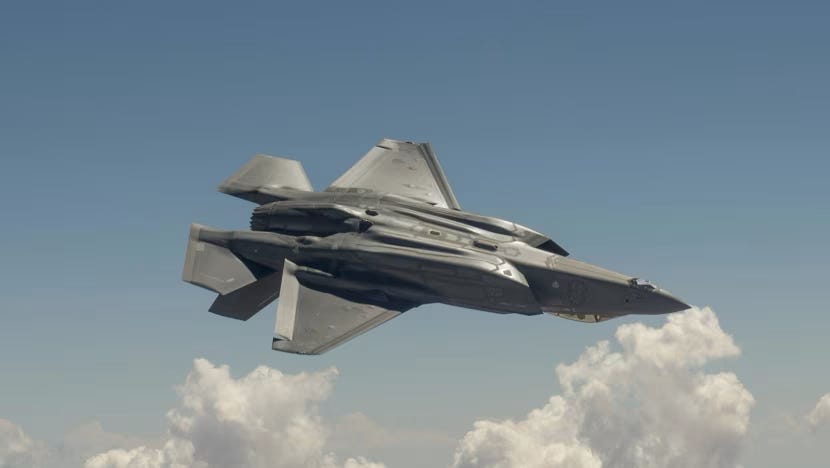
Singapore to buy eight F-35A fighter jets as defence spending inches up
By Davina Tham
The Republic of Singapore Air Force (RSAF) will buy eight F-35A jets, continuing its build-up of a “next-generation” force to serve the country’s security needs.
The aircraft are expected to be delivered around 2030, Defence Minister Ng Eng Hen said during the Ministry of Defence’s (MINDEF) budget debate in parliament on Wednesday (Feb 28).
This is on top of RSAF’s existing order of 12 F-35 jets of the “B” variant, expanding its full fleet of the fifth-generation US-made fighter aircraft to 20.
Once operational, the F-35 jets will put Singapore’s air force in the “premier league”, he said.
The purchase is timed to capitalise on a “window of opportunity”. F-35 prices are now more competitive amid a healthy order pipeline for the jets globally, said Dr Ng, who did not reveal the cost of Singapore’s F-35A purchase.
Overall, MINDEF’s expenditure will hit S$20.2 billion (US$15 billion) in the 2024/2025 financial year, up 2.5 per cent from the previous year, he told parliament.
But Dr Ng pointed out that despite nominal increases in defence spending, its share as a percentage of gross domestic product has fallen because it has been outpaced by economic growth.
Around 20 years ago, Singapore was spending about 5 per cent of GDP on defence.
In the current and upcoming financial year, the defence budget has held steady at 3 per cent, even though total government spending as a percentage of GDP has risen.
Read more
Southeast Asia's preferred military exercise partner
The US remains the partner of choice for Southeast Asia when it comes to staging joint military exercises. The next two spots are filled by India and China, respectively.
Data from 2021 to 2023 compiled by Lowy Institute reveals that the US participated in around 33% of the 525 recorded joint military exercises undertaken by Southeast Asian states, either at bilateral or multilateral level. If we include Australia and Japan, Washington and its allies have participated in more than 60% of exercises involving Southeast Asian states.
While the US still dwarfs China, the situation is inconsistent across the region. Further analysis reveals a divide between mainland and maritime Southeast Asia. For mainland states (Cambodia, Laos, Myanmar, and Vietnam), China is a more significant military exercise partner. The exception is Thailand, probably because Bangkok has been a US treaty ally since 1952 and a major non-NATO ally since 2003.
Maritime Southeast Asian states (Brunei, Indonesia, Malaysia, Philippines, Singapore, and Timor-Leste) have more joint exercises with the US. Brunei, Malaysia, and the Philippines all have maritime disputes with China regarding overlapping territorial claims in the South China Sea. While Indonesia is not a party to these disputes, it has overlapping claims with China around the Natuna Sea. Singapore has had closer defence relations with the US since the end of the Cold War.
While the numbers underscore Washington’s prominence as a security partner for Southeast Asia, a qualitative analysis examining the nature of these exercises reveals why Southeast Asian states generally place a greater premium on joint exercises with the US and its allies than with China. To comprehend this phenomenon, we need to understand why states participate in joint military exercises.
One reason is to enhance interoperability against a common security concern, primarily if the participating countries are tied by a security treaty that obliges them to assist one another in a military conflict. The US-Philippines Balikatan series of exercises is one example, with Manila and Washington bound by a Mutual Defence Treaty requiring both states to support each other if another party attacks them.
At the other end of the spectrum, joint military exercises can also be used to build trust between states, especially if they are rivals. The Aman Youyi exercises between China and ASEAN members is an example. China is locked in a maritime dispute with Brunei, Malaysia, the Philippines and Vietnam in the South China Sea. Military exercises between China and ASEAN members aim mainly to facilitate interactions between their military personnel.
These exercises, especially the maritime ones, are generally unsophisticated. Interoperability is not the main objective. Several Southeast Asian naval officials explained that exercises with China are held due to political pressures from Beijing. As a result, they involve mainly simple activities such as passing and signalling. One official expressed the view that some activities were so basic they could be conducted with non-military vessels. Another added that Chinese naval personnel were secretive during exercises with Southeast Asian states and “fearful of sharing their capabilities”. Instead of developing trust, joint exercises with China could seed further distrust between Southeast Asian states and Beijing.
On the other hand, Southeast Asian states generally value exercises with the US and its allies, Australia and Japan, because they enhance military capabilities through the transfer of skills, tactics and operational concepts. The exercises tend to be more advanced, involving joint planning and operations. An Indonesian naval officer explained that exercises with the US Navy improve their interoperability. For the Malaysians, exercises held under the Five Power Defence Arrangements involving Australia, Britain, and New Zealand enabled them to learn how to operate in real crisis scenarios.
Washington and its allies in the Indo-Pacific should continue to engage Southeast Asia through joint exercises, which are highly valued by Southeast Asian states. For many, such exercises demonstrate Western interest in Southeast Asia’s stability. They also provide meaningful contributions to Southeast Asian defence capabilities, therefore acting as a deterrent to potentially hostile external powers.
Read here




